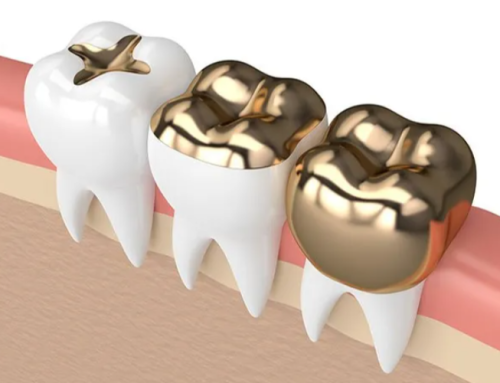THE PROCESS PRODUCES NO EMISSIONS AND LEAVES BEHIND STERILE WATER RICH IN ORGANIC COMPOUNDS.
On Boxing Day 2021, the world lost one of the greatest activists in its history: Desmond Tutu. The Nobel Peace Prize-winning South African theologian earned global attention for his unrivaled role in highlighting the iniquities of apartheid, continuing his work in conflict resolution right up to his 79th birthday. In one final generous gesture to the wellbeing of humanity, Tutu chose aquamation for his funeral: an eco-friendly alternative to cremation that uses liquid instead of fire to dispose of a body.
“The Archbishop was very clear on his wishes for his funeral,” News24 reports the Archbishop Tutu IP Trust and the Desmond and Leah Tutu Legacy Foundation said. “He wanted no ostentatiousness or lavish spending. He asked that the coffin be the cheapest available and that a bouquet of carnations from his family be the only flowers in the cathedral.”
Aquamation – also known as biocremation, resomation, flameless cremation, and water cremation – uses alkaline hydrolysis to dispose of human or animal remains. Touted as an eco-friendly alternative to cremation, it uses a heated alkaline solution to break down the body, leaving behind only the skeleton.
During aquamation, the body is placed inside a pressurized vessel filled with a mixture of water and potassium hydroxide (lye) and heated to around 90 – 150 °C (200 – 300 °F). As the container is pressurized, the solution doesn’t boil and instead gently gets to work breaking down the organic matter over several hours.
AQUAMATION VS CREMATION
Cremation is often considered an environmentally friendly alternative to traditional burial practices that involve costly wooden coffins and embalming chemicals. Around 1 million acres (404,685 hectares) of land in the US is dedicated to human burial, with caskets stripping around 4 million acres (1.6 million hectares) of forest each year.
While cremation does away with some of this habitat degradation and destruction, it requires immense energy to fuel the fire and pumps out millions of tons of carbon dioxide annually. Among its emission is the pollutant PM10, which has been linked to depression and suicide; and PM2.5, which is associated with poorer heart and lung health plus chronic illness and birth complications.
Aquamation requires roughly one-seventh of the energy used in cremation, and produces none of the emissions. The liquid left behind after aquamation is a sterile mix of organic compounds including salts and amino acids that can either be used as a fertilizer or neutralized and safely released into waterways.
The color of the ashes also varies between aquamation and cremation, with the former resulting in around 32 percent more remains that are then dried and pulverized into a white powder.
Alternatively, you could always consider becoming compost.






